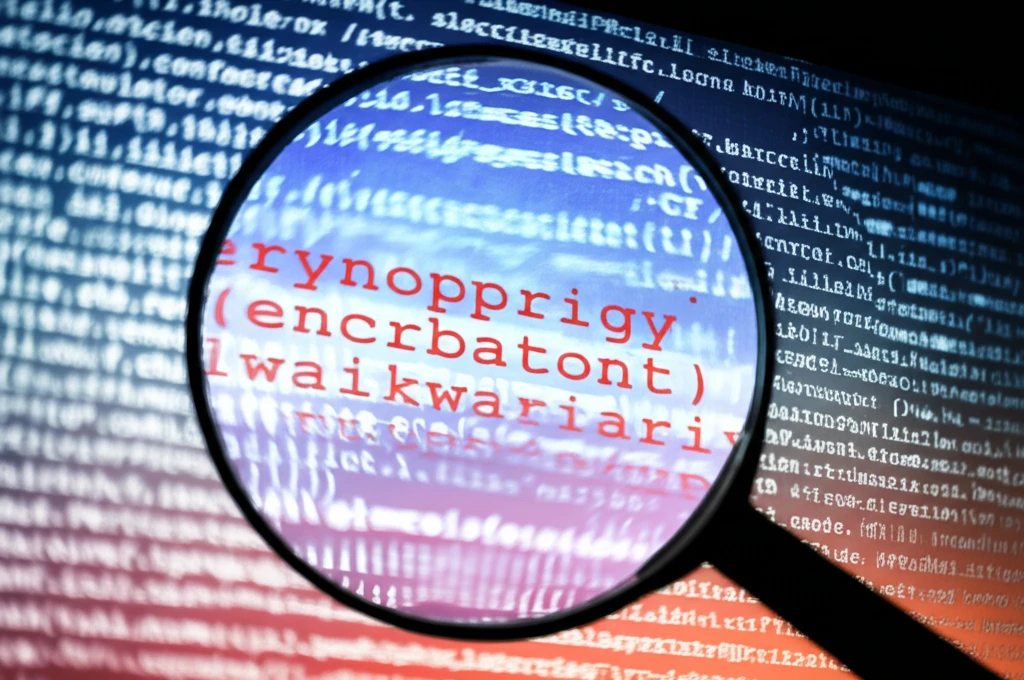
Decoding Malware: How Packer Identification Keeps You Safe
"Understanding packer identification methods is crucial for protecting your digital life against increasingly sophisticated malware threats."
In today's digital landscape, the battle against malware is a constant and evolving challenge. As the number of malware threats continues to grow, so does the sophistication of the techniques used by cybercriminals to conceal their malicious code. Among these techniques, packing has emerged as a prevalent method for hiding malware from detection. Think of it as disguising a harmful package within a seemingly harmless wrapper.
Packing involves compressing and encrypting executable code within a file, making it difficult for traditional antivirus software to identify the malware's true nature. The unpacking code, which is responsible for decompressing and decrypting the malicious code, is embedded within the file itself. This allows the packed file to execute independently, further complicating the detection process.
This is where packer identification comes into play. By identifying the specific packing techniques used, security analysts can gain valuable insights into the malware's structure and behavior. This knowledge enables them to develop more effective detection and analysis methods, ultimately reducing the overhead associated with malware analysis and potentially unpacking the file for further investigation.
Why Packer Identification Matters: Unmasking Malware's Disguise

Imagine trying to solve a puzzle without knowing what the final picture should look like. That's essentially what malware analysts face when dealing with packed files. Without identifying the packing method, it's incredibly difficult to understand the malware's functionality and develop effective countermeasures. Packer identification provides crucial clues that help analysts piece together the puzzle.
- Faster Analysis: Packer identification speeds up the malware analysis process by providing analysts with a starting point.
- Improved Detection: Identifying the packing technique allows for the development of more targeted detection methods.
- Effective Unpacking: Packer identification can enable analysts to unpack the malware, revealing its true code and functionality.
- Reduced Overheads: By streamlining the analysis process, packer identification reduces the time and resources required to combat malware.
The Future of Malware Defense: Staying Ahead of the Curve
Packer identification is more than just a technical process; it's a critical component of a proactive cybersecurity strategy. By understanding how malware authors attempt to conceal their code, security professionals can develop more effective defenses and stay one step ahead of emerging threats. As malware continues to evolve, so must our ability to identify and analyze it, ensuring a safer digital world for everyone.
